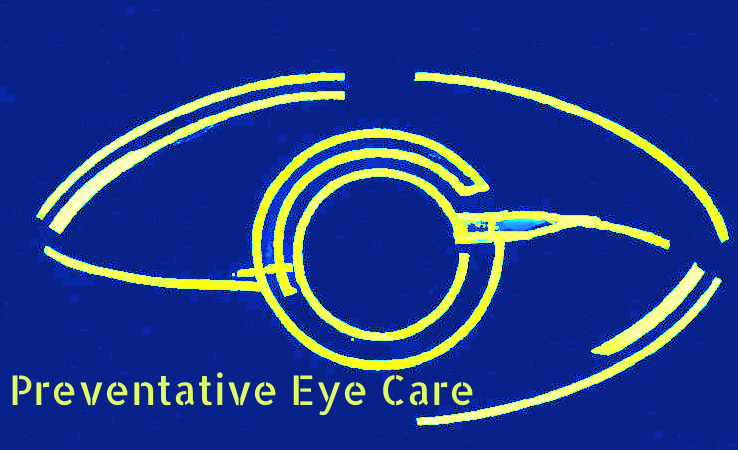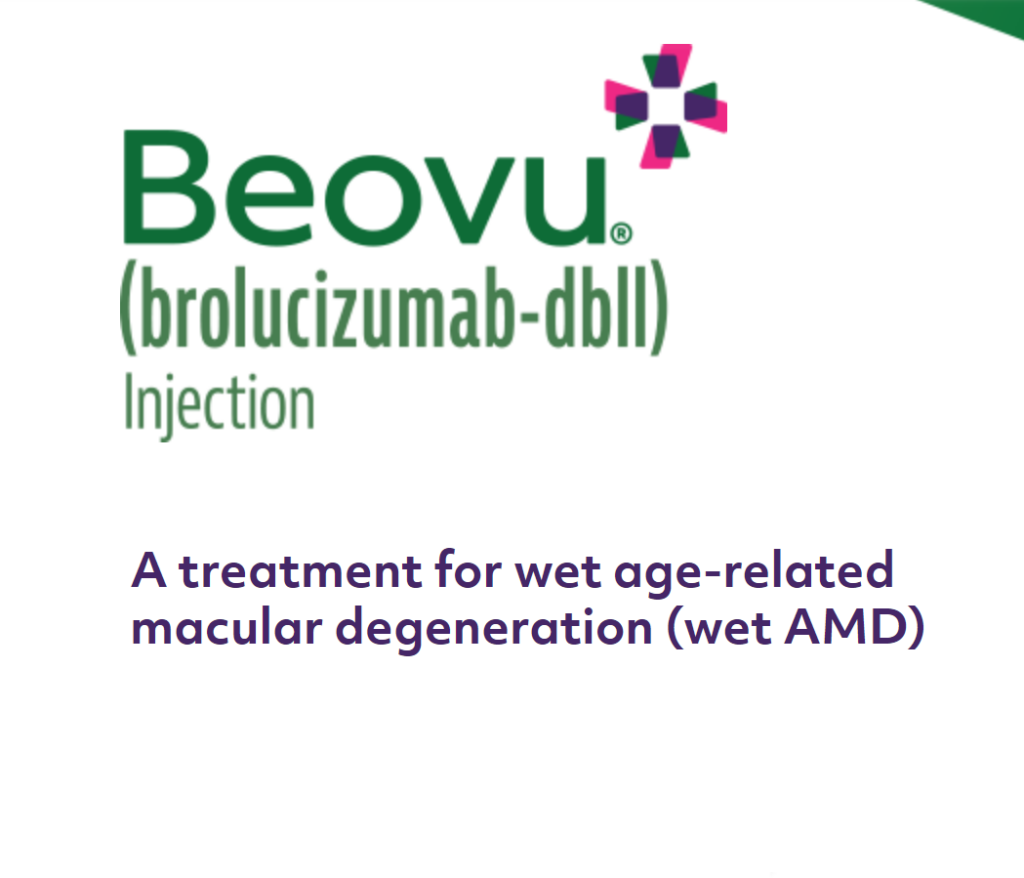The Cost of Non-Preventative Eye Care
Today a patient told me that they would rather get a $20 exam from 1-800-Contacts than come in to see me for an exam.
Ouch.
That hurts.
I should have been a dentist. People respect their dentists enough to brush their teeth twice a day and come in bi-annually for dental cleanings. People look at me like I’m crazy when I ask them to wipe their eyelids twice a day, and I’m lucky if I can get people to come in once a year to see me. Also, nobody thinks twice when a dentist recommends braces to prevent a kid’s teeth from getting misaligned, but everyone is skeptical when I recommend orthokeratology eye braces to prevent a kid’s prescription from getting worse.
Evidently, people would rather get their eye exams from 1-800-Contacts.
Well if that is what people want, here is the link to 1-800-Contacts
If you don’t care about your eyes then I don’t want to have to care about them either.
I would rather spend my time providing preventative eye care to patients who want it.
Because the real cost of that $20 eye exam is not getting checked for eye diseases. Eye diseases like these:

If your prescription goes from -3.00 to -5.00, your risk of Myopic Macular Degeneration goes up from 2x to 40x risk. I saw a child last week that went from -3.00 to -5.00 in one year!
If I can prevent a child’s prescription from progressing to a -3.00 or -5.00, I can decrease their risk of severe vision complications later in life:

This is why I fit all my kids into Ortho K lenses. That and they are great at teaching other kids how to put their contact lenses in. I have brought my 8 year old, 6 year old, and 3 year old into my office to show other kids how to put in their ortho k lenses. Because nothing motivates a kid to learn how to put in contacts better than a kid younger than them showing them how to do it.
Progressive nearsightedness is another cost of non-preventative eye care, which unfortunately is where eye care is headed with $20 online eye exams on 1-800-Contacts.
When nearsightedness progresses, it causes the eye to elongate and stretch out. And that stretching is what causes the increased risk of all the complications pictured above.

This elongation of the eye is also what causes your vision to get blurry.

Nearsightedness is induced by near work (looking at anything closer than 20 feet) and usually progresses the most in school aged children. My 6 year old, Zayden, progressed from 0 to -0.75 during Kindergarten. This is him putting his contacts in:
If can prevent nearsightedness in all of my patients in Kindergarten, then I will have less ocular disease to treat when they get older. Actually, the most prevalent ocular diseases, like glaucoma and macular degeneration, have no treatment. Once you lose nerve fiber and photoreceptor cells in your retina, you can’t get them back. Once you get glaucoma and macular degeneration, you can only prevent it from getting worse. We don’t have a treatment. We can only try to slow down disease progression so you die before you go blind. And that is why preventative eye care is important.
You only get two eyes, and you can’t replace them like teeth. Prosthetic eyes are fake glass eyes. Prosthetic teeth can bite like real teeth. Prosthetic eyes can’t see like real eyes. And yet people seem to care about their teeth a lot more than their eyes. And go see their dentists much more often than their eye doctors. Everyone’s heard of braces to prevent your teeth from getting worse, but nobody’s heard of braces to prevent your eyes from getting worse. Why don’t people care about their eyes as much of their teeth?
Well I hope I can change this one day. I hope my blog can make people care about their eyes more. I hope it makes people care about preventative eye care more. Because the consequences of not preventing eye disease is blindness. And in most cases, we can’t cure blindness, we can only prevent it.
So if you care about your eyes, go see your eye doctor instead of getting a $20 eye exam from 1-800-Contacts. Because in the long run, the cost of early diagnosis and preventative eye care is less than the cost of trying to preventing blindness in late stage disease.
Take macular degeneration for example. Myopic macular degeneration (MMD) is the most common cause of visual impairment in patients with myopia. If macular degeneration is detected in the early dry stages, at the first drusen found in the retinal pigmented epithelium, then it can prevented with eye vitamins like these:
Now compare the cost of these eye vitamins to the cost of Anti-Vascular Endothelial Growth Factor (anti-VEGF) Injections (yes injections as in sticking a needle in your eye) to prevent blindness in late stage wet macular degeneration:
These anti-VEGF injections are also the treatment for choroidal neovascular membrane formation in myopic macular degeneration (MMD), which I can prevent by fitting kids into Ortho-K lenses (eye braces), preferably before their prescription exceeds -3.00 (2x increased risk of MMD) and -5.00 (40x increased risk of MMD). So when my kids complain when I force them to put their hard contact lenses in, I ask them if they would rather wear a hard contact lens or get stabbed in the eye with a needle.
I did a 6 month externship at the VA hospital in Boston and I will always remember the long line of people waiting to get their anti-VEGF injections. They had to get them so often (every 4-6 weeks usually) that they didn’t even flinch when they got jabbed in the eye with the needle. They just got their injection and walked away so the next person in line could get their injection. What got me was how calm everyone was about it. Nobody thought twice about seeing a hallway full of people lined up to get jabbed in the eye with a needle. When I take my kids to get shots there is usually crying and screaming and flailing and attempts to run away. Usually it takes multiple nurses to hold my kids down so they can get their shots. My husband still faints every time he gets his blood taken. But the long line of anti-VEGF patients I saw everyday was so nonchalant about getting injections into their eyeballs.
According to this study, a total of 2,574,124 intravitreal injections were performed in the outpatient setting for Medicare Part B beneficiaries in 2015. That’s over 2.5 million people lining up to get eye injections! The ophthalmologists who administer the injections the most averaged 3322 injections in 2015. Can you imagine injecting 3322 eyeballs a year? At $1957.55 per injection? That’s 6.5 million dollars a year. That’s more than what most optometrists make in their entire career. I should abandon preventative eye care and go back to school to learn how to do anti-VEGF injections. My patients wouldn’t abandon me for 1-800-Contacts if I did injections.

Ugh I just don’t feel passionate about jabbing people in the eyeball with a needle all day every day. Sure I would have a line of people waiting for me to inject them because it is the only thing keeping them from going blind. But wouldn’t it be better if they never needed eye injections in the first place? Wouldn’t it be better if I prevented them from getting myopic macular degeneration when they were in Kindergarten with Ortho-K lenses?
But I don’t have 3322 people lined up in my office for Ortho-K fittings. Probably for the best since it takes me a lot longer to do an Ortho-k fitting than it would for me to inject an eyeball. It only takes a few seconds to jab a needle in an eyeball. Wow those ophthalmologists are making $1957.55 every few seconds. Now I finally understand why my mother tried so hard to get me to become an ophthalmologist like her. I am such a disappointment to her.
Anyways, the question I was trying to answer was…
What is more expensive, early stage preventive eye care treatments or late stage treatments?
And who is more likely going to detect macular degeneration earlier, your eye doctor, or 1-800-Contacts?
So what is the real cost of getting a $20 eye exam on 1-800-Contacts?
I don’t plan on ever finding out.
And I hope you don’t either.
Leave a reply











Leave a reply